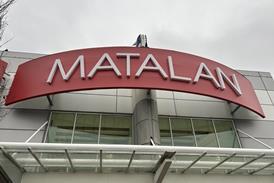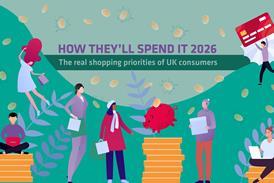Opinion: How retailers can win in the age of convenience

UK retail sales experienced their “worst June on record” according to the British Retail Consortium. Small surprise then that retailers and brands are testing and trialling new ways to drive growth.
We see the future of shopping strongly steered by convenience.
The UK grocery convenience market is set to outperform grocery as a whole by 2022, which is expected to grow over the same period by 0.9%, reports GlobalData.
These predictions are reinforced by customer behaviour. Time-poor, digitally enabled and infinitely inspired – people are hungry for fresh and arresting experiences.
There are a number of ways to optimise retail strategies for convenience. We have identified four.
Already have an account? Sign in here




















